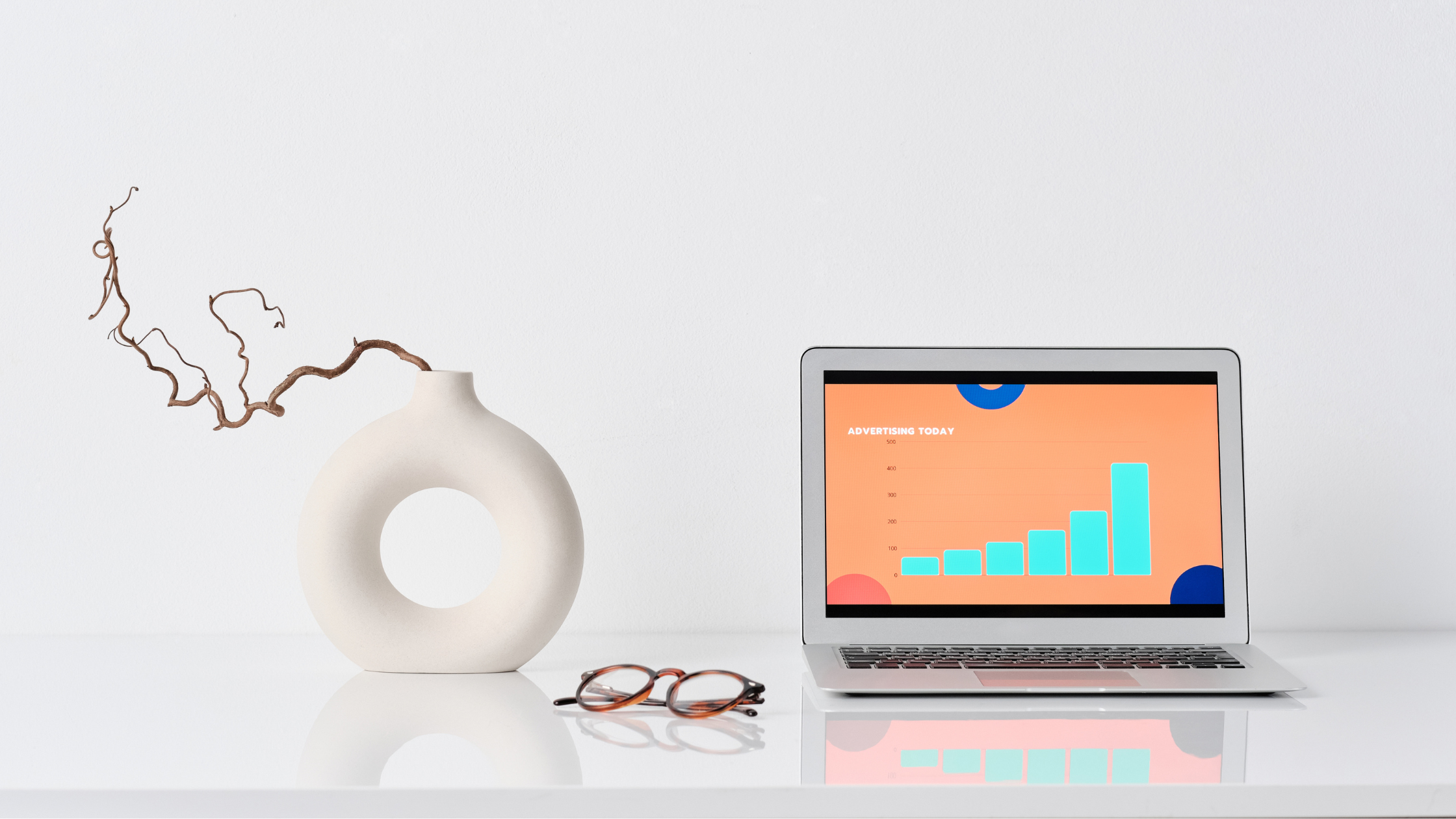A “call-to-action” is an industry term for a piece of content that urges the reader to take a specific action, such as clicking a button, visiting a website, or signing up for a service. The call-to-action is usually accompanied by an eye-catching image or button, and it’s often the last thing the reader sees before taking action.
If your CTA isn’t effective, you’re losing out on potential customers and sales. So, how can you make sure that your CTA button is as effective as possible? Here are some top tips!
What is a Call to Action (CTA) Button and Why is it Important?
A call-to-action button is a graphic or text that encourages a website visitor to take a specific action. The CTA can be anything from “Add to Cart” to “Download Now” to “Sign Up for Our Newsletter.” While the CTA may seem like a small detail, it can actually be one of the most important elements of a website.
The CTA helps to convert web visitors into leads or customers by directing them to take the desired action. Without a CTA, visitors may simply navigate away from the page without taking any action. An effective CTA should be clear, concise, and benefit-oriented. It should also stand out from the rest of the page and be placed in an easily visible location.
By following these simple guidelines, you can ensure that your CTAs are effective in driving conversions.
Use an eye-catching color for your call-to-action button
When it comes to choosing a color for your call-to-action button, you’ll want to consider the psychological effect that the different colors might have on your audience.
Some experts believe that certain colors are more likely to convert than others. For example, orange is often used for call-to-action buttons because it’s seen as friendly and inviting, while green is often used because it symbolizes growth and money.
However, there’s no definitive evidence that any one color is better than another when it comes to conversion rates. The most important thing is to make sure that your button stands out from the rest of your content so that people will actually see it and be tempted to click it.
Include a sense of urgency in the call-to-action button
You’ll also want to add a sense of urgency to your call-to-action. This could be as simple as adding phrases like “Hurry!” or “Limited Time Offer” to your button text.
Adding a sense of urgency can help motivate people to take action right away, instead of waiting and potentially forgetting about it later on. Just make sure you don’t overdo it, as too much urgency can feel aggressive and turn people off.

Make sure your button stands out from the surrounding text and images
In addition to considering the psychological effect of different colors, you’ll also want to make sure that your call-to-action button contrasts sharply with the rest of your content.
If your button blends in too much with the surrounding text or images, people might not even notice it. A good rule of thumb is to choose a color that’s significantly lighter or darker than the colors you’re using elsewhere on your page.
For example, if your website uses mostly neutral tones like black, white, and gray, you might want to use a brighter color for your call-to-action button so that it really pops. Or if your website uses mostly bright colors, you might want to use a more subdued color for your button so that it doesn’t overwhelm the rest of your content.
Experiment with different color combinations until you find one that works well with both your website design and your conversion goals.
Place it in a highly visible location
In addition to making sure your call-to-action button stands out from the surrounding content, you’ll also want to make sure that it’s placed in an optimal location on the page.
For example, if you have a blog post or article, you might want to place the button at the end of the piece so that readers will see it after they’ve finished reading. Alternatively, you might want to place the button near the top of the page so that people will see it as soon as they arrive on the page.
Ultimately, there’s no one-size-fits-all approach when it comes to button placement. You’ll need to experiment with different locations to find the spot that works best for your business.
Use clear and concise text for your button
When it comes to the actual text of your call-to-action button, you’ll want to keep it as short and simple as possible while still conveying what action you want people to take.
For example, if you’re trying to get people to sign up for a newsletter, you might use a phrase like “Sign Up Now” or “Subscribe Here.” If you’re asking people to download a free eBook, you could use something like “Download eBook” or “Get Your Free Copy Now.”
Whichever phrase you choose, make sure it’s clear and easy to understand so that people will know exactly what they’re getting when they click the button.
Test different versions of your call to action button
As with any other aspect of your website, you should test different versions of your call-to-action button to see which one works best. This could mean testing different colors, different locations on the page, or even just different wording for the button text.
By running A/B tests and tracking your conversion rates, you’ll be able to figure out which version of your call-to-action button works best for your website. This way, you’ll know what changes to make so that more people take the action you want them to take.
Creating an effective call-to-action button is a great way to increase conversions and get more people to follow through on your desired action.
Size your CTA button appropriately
The size of your call-to-action button also plays an important role in its effectiveness. If it’s too small, people may not notice it or be able to click on it easily. On the other hand, if it’s too large, it can take up too much space on the page and make the rest of your content feel cramped.
Aim for a call-to-action button that’s big enough to be easily seen and clicked, but not so large that it overwhelms the rest of your content. This is usually somewhere between 40 and 60 pixels in height.
Use words that provoke emotion or enthusiasm
Finally, you should consider using words that provoke emotion or enthusiasm when writing your call to action. Words like “discover” and “unlock” can help give people a feeling of anticipation and excitement which will encourage them to take the desired action.
Using words that evoke emotion can also help your call-to-action stand out from the rest of your content, as people will be drawn to it more than they would be with a generic phrase like “click here.”
Summary
CTAs are an important part of any website or marketing campaign, but it’s crucial to make sure that your CTA button is as effective as possible. By following the tips above, you can create an effective call-to-action button that stands out from the rest of your page and drives more conversions. With a little testing and experimentation, you’ll be able to find the perfect size, location, and wording for your button so that it gets the best results possible.
What’s your go-to tip for creating an effective CTA button?
- Top 10 AI Image Generators to Get the Perfect Picture Every Time - January 16, 2023
- Jasper Chat: Powerful AI Chatbot for Content Creators - December 22, 2022
- What All You Can Write with Jasper Templates - December 21, 2022



